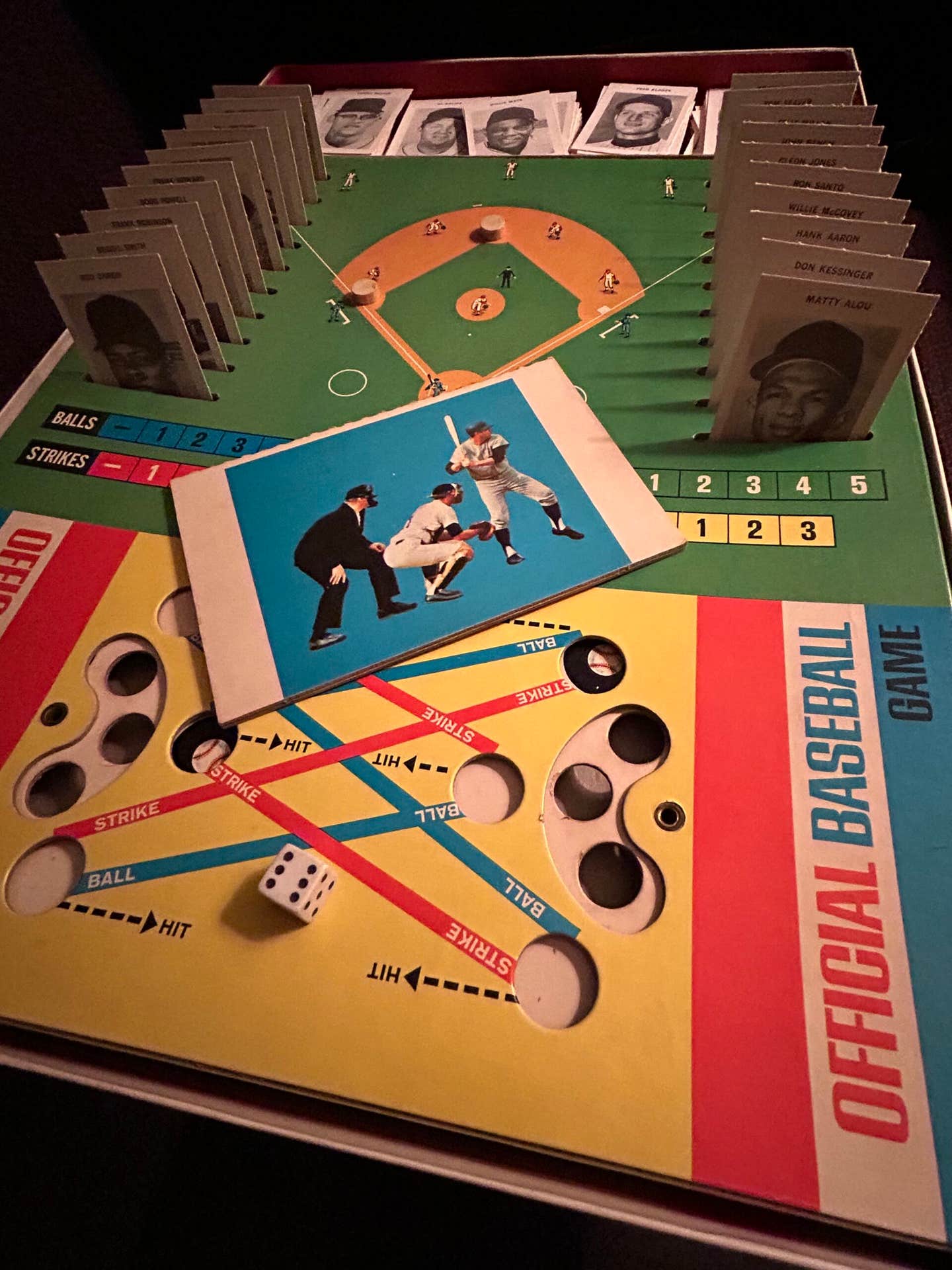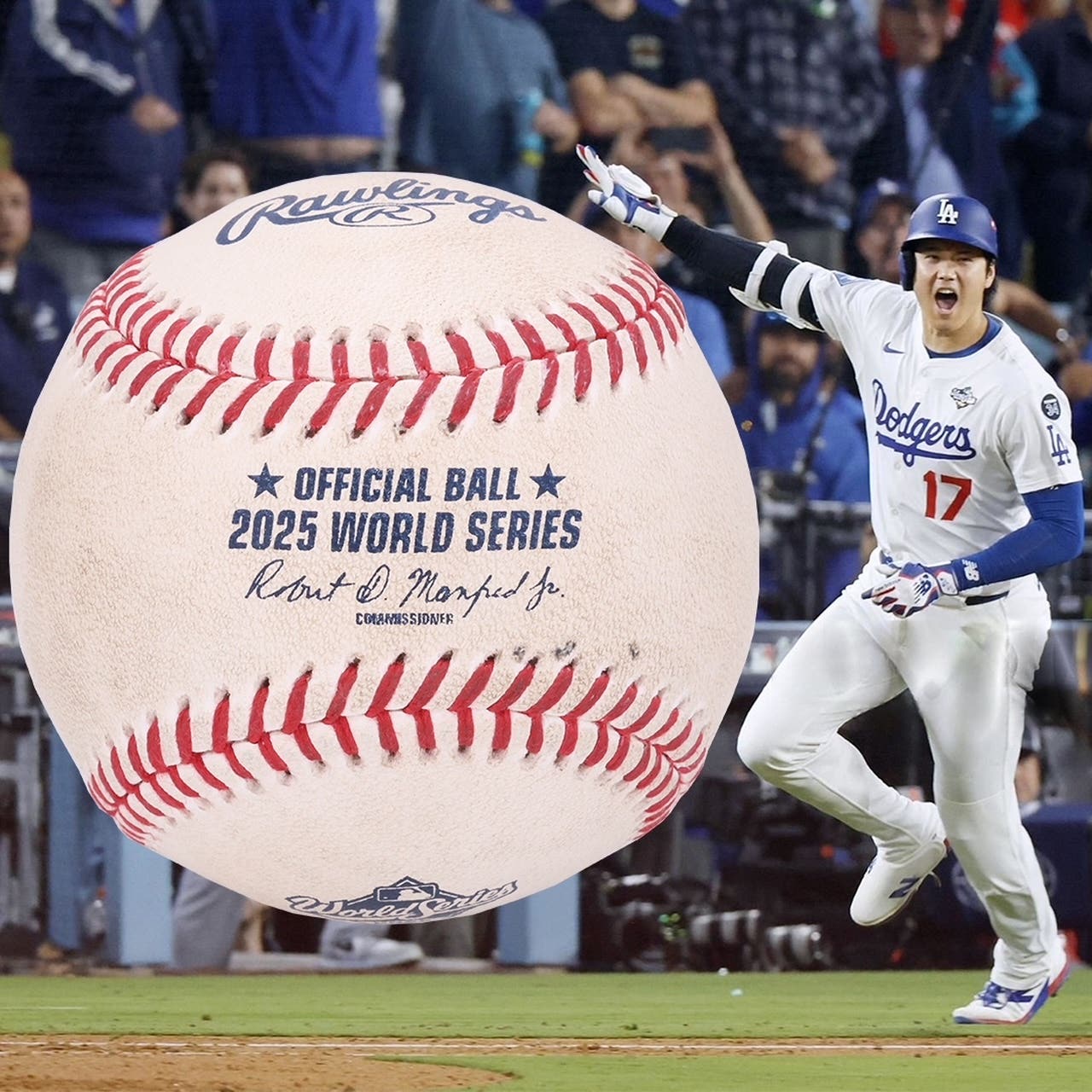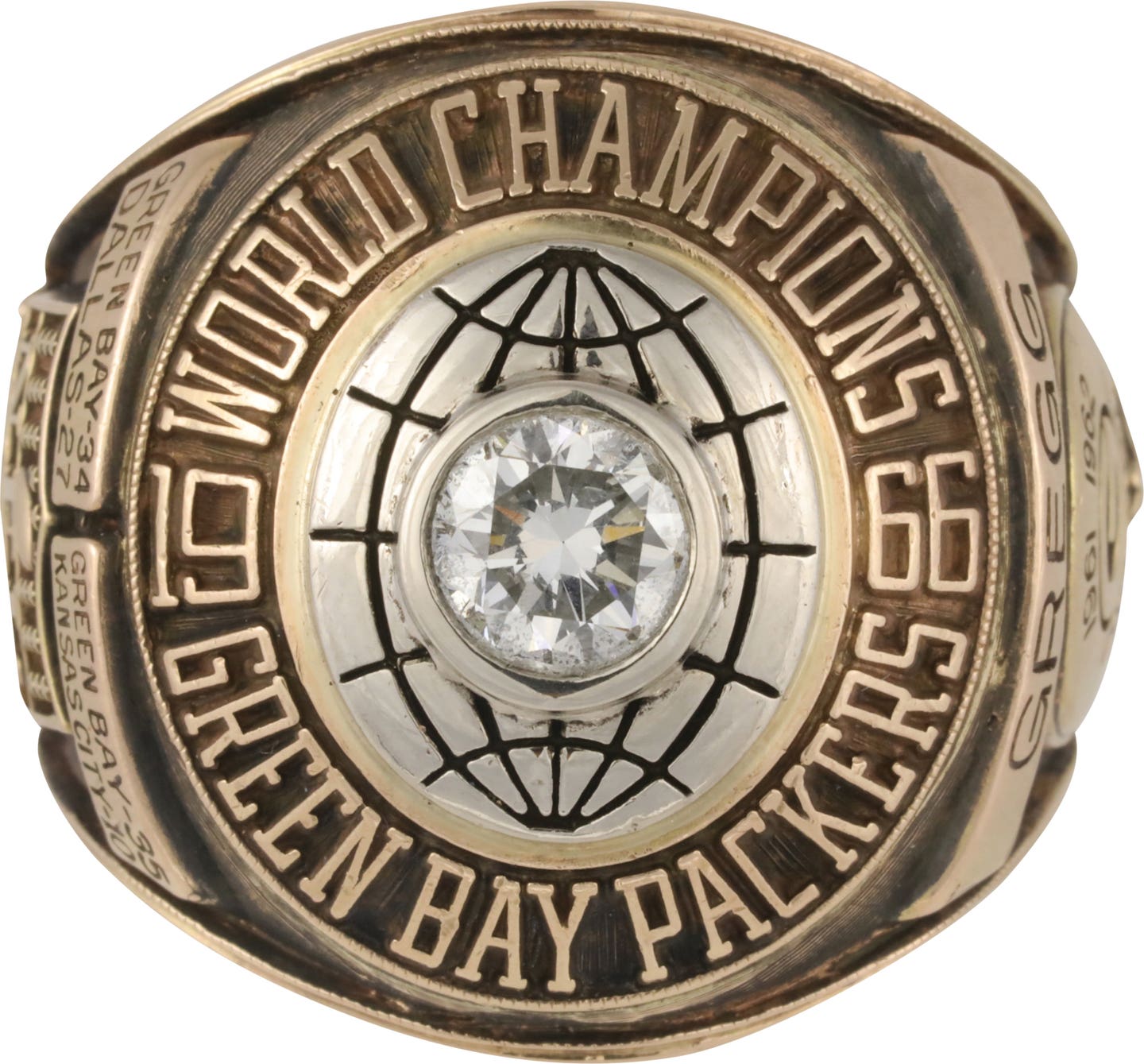Memorabilia
Experts hit game-used bat condition and effect in hobby
In a major auction house auction in 2007, a 1980-83 game-used bat of Hall of Famer Robin Yount sold for $690. Since then Yount bats from that same labeling period have sold for double that price, and at every value in between. Similar examples can easily be found related to the lumber of almost every Hall of Famer, minor star and common player throughout the years.
There are a myriad of reasons for these discrepancies in value:
- Who is selling the bat? Does the collector have confidence in this seller?
- What is the “story” with this bat? Does it come with provenance?
- Has the bat been authenticated (and by whom)? Does it meet factory records?
- Is the bat autographed? Some collectors like this, some do not.
- Is the labeling period significant for that player (i.e. rookie era, MVP season, etc.)?
- What is the general mood of the collecting public at the time of the sale?
While the list above (admittedly incomplete) displays valid and important reasons for inconsistencies in the value of a game-used bat at any given time, this article will focus specifically on a single area: Condition.
Assuming all other factors are equal, the condition of a game-used bat will have a tremendous effect on the ultimate price it will command at an auction or retail outlet. This article will discuss several elements of condition associated with a game-used bat, and specific ways those elements translate to dollars and cents in the game-used collecting marketplace.
Elements of condition
There are several characteristics related to condition that collectors tend to seek when shopping for the perfect gamer. These qualities, a collector believes, tell a story about the bat. Rack marks appear as evidence of a player pulling the bat from the rack; cleat marks conjure up images of a player using his weapon to knock dirt from his shoes as he approaches the plate; and ball marks on the barrel serve as evidence of contact … the collector imagines how many big hits were clobbered with the very instrument that now sits proudly in his home.
Another factor when considering condition is those elements that reveal the actual physical quality of the wood that will be displayed. Collectors throughout the hobby hold differing views on matters such as dead wood, blemishes seemingly unrelated to game use, whether the bat is cracked, or the severity of that crack.
Dave Bushing, of Memorabilia Evaluation and Research Services (MEARS – www.mearsonline.com), has authenticated thousands of game-used bats over the years, and has written dozens of articles, as well as books on the subject. When asked about this topic, Bushing commented, “One issue I have always had is why some guys don’t collect cracked game-used bats, or if they do, they are sometimes offered at a discount price. A game-used bat should show game use and a crack that does not have pieces missing or does not interfere with the stamps shouldn’t really affect value.”
While many would agree wholeheartedly with this opinion … in fact, seeing cracked bats as premium due to the provenance they imply that there are at least as many in the hobby who differ completely and will avoid a crack in the same way card collectors will avoid a crease.
A third category relative to elements of condition has to do with specific player characteristics. The way a particular player tapes the handle of their bat, how much pine tar they use, what they may write on the knob of the bat (Kirby Puckett, for example, used to write inspirational phrases like “Play Hard” or “Win” along with his #34), or even the specific location of the ball marks on the barrel holds a high level of significance for many knowledgeable collectors.
John Taube, one of the pioneers of the hobby and the owner/operator of J.T. Sports (www.gameusedbats.com) gives a consummate example to illustrate this point. He notes, “George Brett bats with heavy pine tar generally sell for twice that of bats with light or no pine tar. Conversely, a Pujols bat with heavy tar is negatively affected, as heavy tar is not a Pujols characteristic. The same rule applies to a player number on the knob. A Ripken gamer needs an “8” to realize top value. Put a “2” on a Jeter gamer and I doubt the bat would sell.”
This sentiment directs us to the next section of this article: How do these elements play a role in the monetary value of game used bats?
Effect on value
It is difficult to assess how these factors shape the value of a game-used baseball bat. Collecting bats is so much different than cards. With cards, most would agree on some basic principles: sharp corners increase value; perfect centering increases value; a clean surface increases value; a crease will decrease value, etc. Collectors will also agree that a card graded Mint should be considered more monetarily valuable than one graded Very Good.
While the open market will always serve as a true reflection of a card’s value, publications like Tuff Stuff and SMR can serve as excellent and useful guides for collectors to discern what their collections are worth, or how much they should expect to pay for their next treasure.
Most collectors of game-used bats, on the other hand, are not looking for mint examples … in fact, the opposite may be true. For many of the reasons touched on above, any single bat may be considered a “prime example” after a fluctuating set of rationale. The difficulty in developing a pricing strategy with these factors in mind is that each collector has their own idea of what makes a bat special.
Jeff Scott is the owner and operator of Birdbats.com, an entity dedicated to St. Louis Cardinals game-used bats. Scott is widely considered a foremost expert in this area. When asked about how condition and player characteristics affect the prices of bats, he answered with rhetoric that serves as an excellent summary to this point.
“If you placed comparable bats side by side at a show, I have no doubt some collectors would pay more for the heavily used bat. Some would pay more for the lightly used one; some would pay more for the cracked one, some would give a premium for the uncracked one; some would pay more for a restored bat, some think it is worth more for the crack to remain because that’s how it left the player’s hands.
I’ve met guys who won’t buy autographed gamers at any price because they don’t believe equipment should be signed. It’s worth zero to them, but worth maybe $1,000 to somebody else. Does that mean it’s a $1,000 bat? $500? Worthless? It all depends on the buyer. That’s one of the cool things about our hobby ... we’re all different, so there’s a market for items in all types of conditions.”
But will we ever be able to supply collectors with guidelines for pricing the multitude of distinctive items in that market? Must we simply settle for the understanding that beauty is in the eye of the beholder? It would be difficult to argue against the idea that the condition of a game-used bat will affect the price it will command in the marketplace, but too many factors are involved when attempting to establish the specific “worth” of any one unique and distinctive gamer.
The SMR will report the precise number of 1952 Mickey Mantle cards that are graded PSA 5, and card collectors will take pride and confidence in those numbers. The game-used bat collector, though, looks at his Mickey Mantle game-used bat with its special and exclusive characteristics and knows there is not another exactly like it in the entire world. Tough to put a price on that … heck, who’d want to?
Scott Harpt is a freelance writer for Sports Collectors Digest and an avid game-used jersey and bat collector. If you would like to contact Scott, e-mail him at Scott_Harpt@yahoo.com








